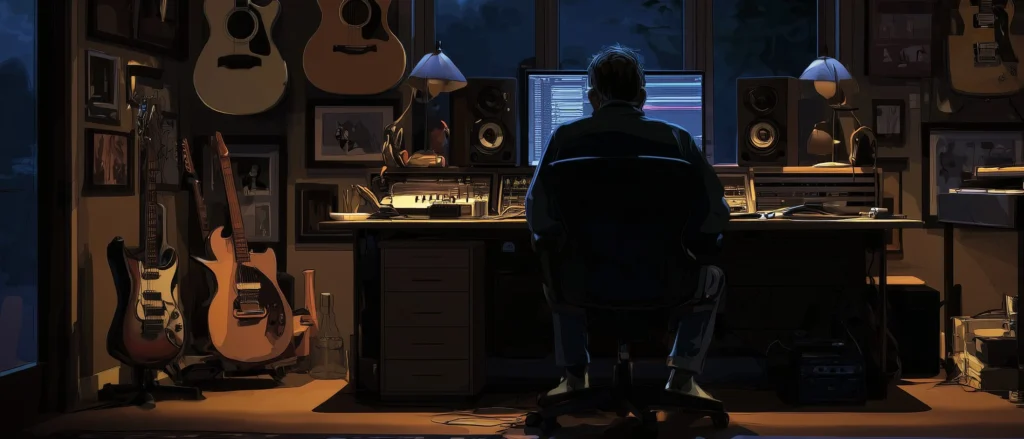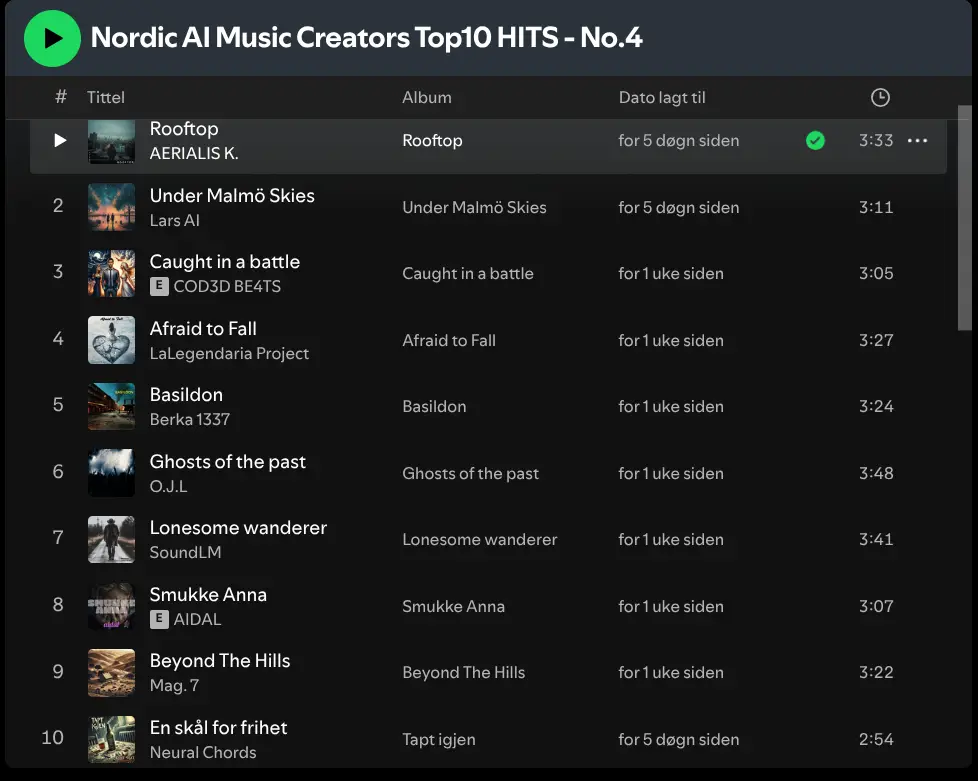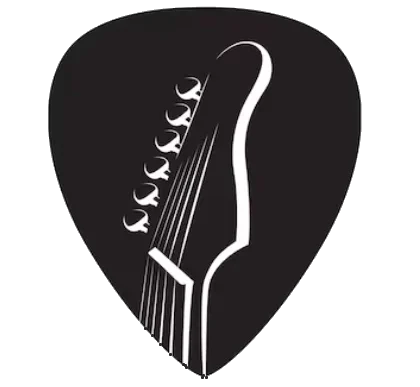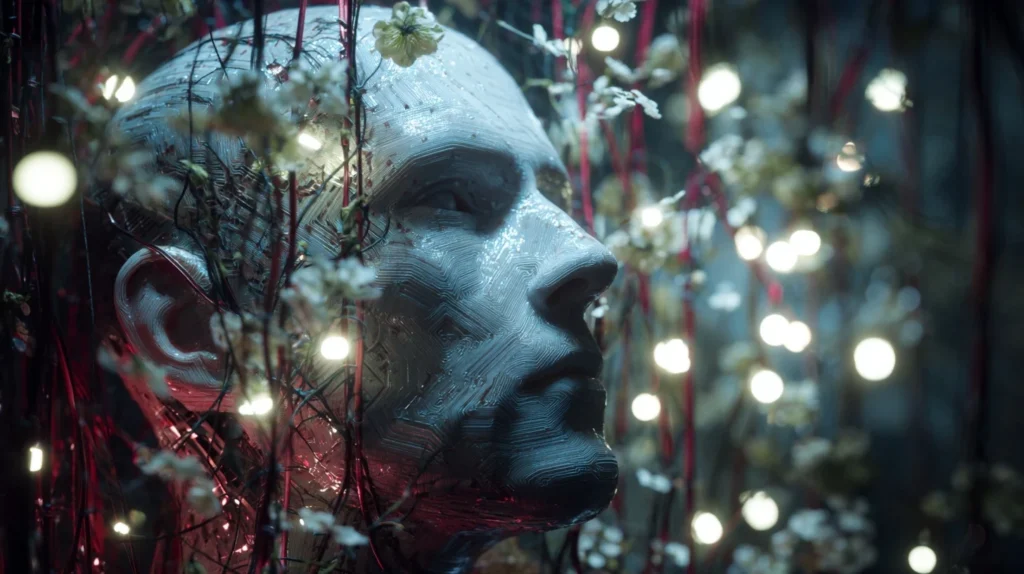
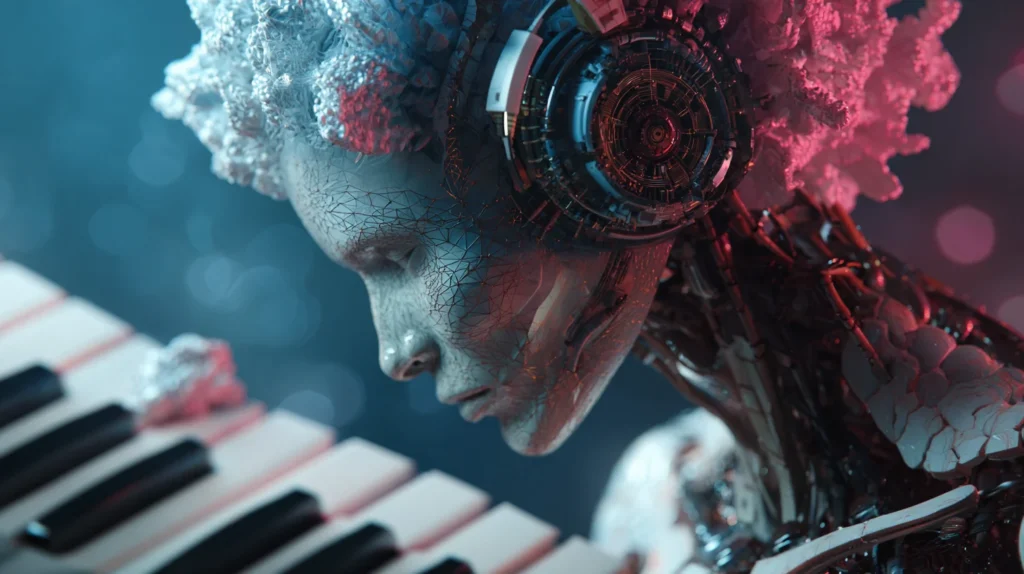

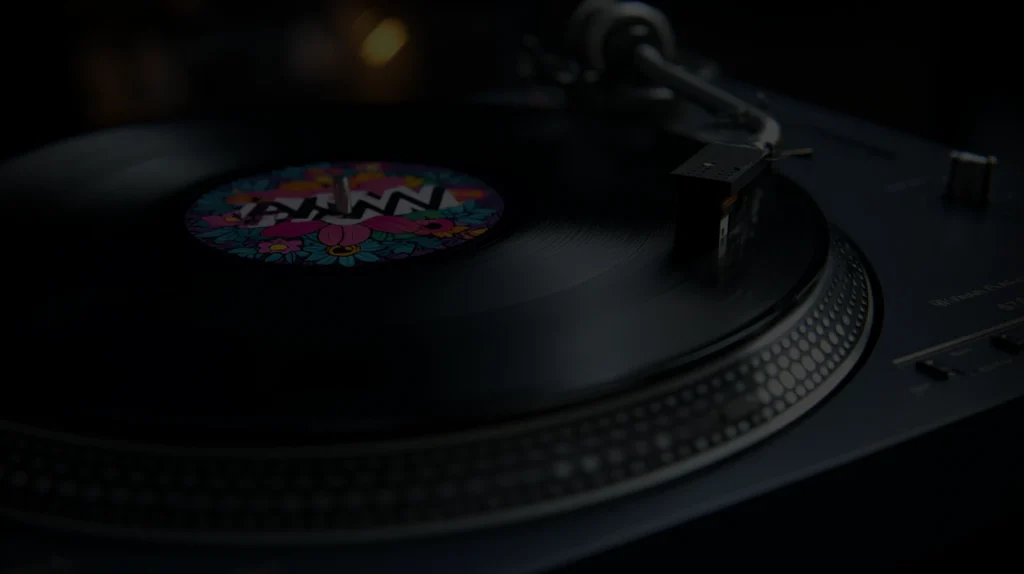
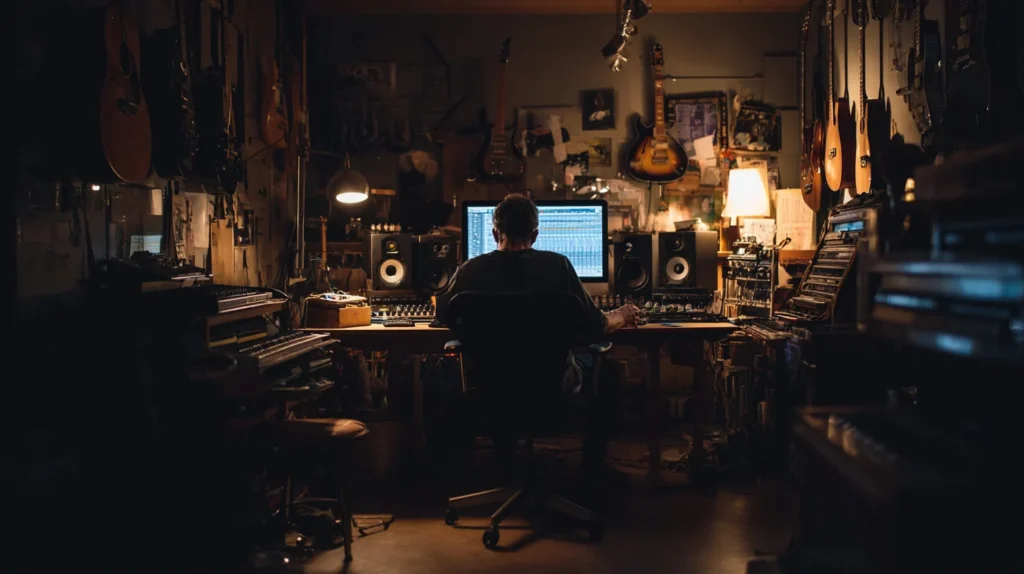
Unlocking the Full Potential of My Artistic Vision
The integration of artificial intelligence into the creative process has sparked intense debates across artistic communities. Many argue that AI-generated art lacks soul, that it threatens traditional craftsmanship, or that it devalues human creativity. Others worry about ethical concerns, from copyright issues to the displacement of artists. I acknowledge these arguments, but I also see AI as an unprecedented opportunity—a tool that allows me to fully realize the artistic visions I hold in my mind. By embracing AI, I am not replacing creativity; I am expanding its boundaries.
AI as an Extension of Imagination
For as long as I can remember, I have carried within me a deep well of artistic ideas—images, moods, and sounds that exist vividly in my mind but have often been difficult to translate into reality. Traditional artistic methods have their limitations; skills take years to develop, and even then, some ideas remain elusive due to technical constraints. AI bridges this gap by allowing me to bring my inner world to life in ways that were previously impossible.
These tools are not just shortcuts; they are amplifiers of creativity. They allow me to experiment freely, iterate rapidly, and refine my ideas with precision. Whether generating visual art, composing music, or exploring new artistic hybrids, AI enables me to produce work that aligns more closely with what I imagine. In this sense, AI does not replace my creative process—it enhances and accelerates it.
Pushing the Limits of AI Tools
One of my core artistic principles is to push technology to its limits. I do not simply use AI as a convenience; I seek to extract every ounce of potential from these tools. This means experimenting with parameters, combining multiple AI models, and refining outputs to achieve results that feel deeply personal and unique. AI is not a magic button that creates art at the press of a key. Rather, it is an intricate system that, when mastered, becomes a powerful extension of my creative intent.
There is a misconception that AI-generated work is effortless, that the technology does all the work while the user passively reaps the benefits. In reality, achieving meaningful results requires an understanding of how the tools function, an ability to fine-tune outputs, and a discerning artistic eye. The act of prompting an AI model is itself an art form—one that demands creativity, experimentation, and a deep understanding of the medium.
Addressing the Critics
I am well aware that many people view AI-generated art with skepticism, if not outright hostility. Some argue that AI lacks the human touch, that art should be an expression of personal effort and skill rather than machine assistance. While I respect these perspectives, I see them as a limited view of what creativity can be. Art has always evolved alongside technology, from the invention of the camera to the rise of digital art. AI is simply the next step in this evolution.
Another common argument is that AI undermines traditional artists by making it easier to generate high-quality work without years of practice. This concern is valid, but I believe that artistic value is not determined solely by difficulty or exclusivity. Rather, it is about vision, meaning, and emotional impact. The availability of AI does not erase the significance of traditional methods—it simply expands the range of possibilities.
There are also concerns about the ethical implications of AI, particularly regarding training data and the potential for plagiarism. These are critical issues that need to be addressed through better regulation and responsible AI development. However, I do not believe they negate the legitimacy of AI as a creative tool. Just as digital artists learned to navigate copyright concerns in the era of Photoshop, AI artists must also adopt ethical practices in their work.
The Future of AI and Creativity
The intersection of AI and creativity is still in its early stages, and its full potential remains largely unexplored. I see AI not as a replacement for human creativity, but as a collaborator—an assistant that helps refine ideas, explore new artistic territories, and bring visions to life more effectively. The future of art will not be about AI replacing humans, but about humans and AI working together to create something greater than either could alone.
Ultimately, my embrace of AI is not about rejecting traditional artistry, nor is it about taking shortcuts. It is about maximizing the tools available to me to create the most compelling, immersive, and meaningful work possible. For me, AI is not a threat—it is an opportunity. It is a key that unlocks new dimensions of artistic expression, allowing me to finally materialize the moods, images, and sounds that have long lived in my mind. And that, to me, is the essence of creativity.
Sven Arnesen
March 15, 2025
Is AI-Generated Work Truly Art?
The rise of artificial intelligence in creative fields has sparked a debate: Can AI-generated images, videos, and music be considered true art? To answer this, we must first define what art actually is.
What Is Art?
Art has been described in countless ways, but a broad and meaningful definition might be:
“Art is the intentional creation of something that evokes emotions, conveys ideas, or expresses creativity, often through visual, auditory, or performative means.”
This definition emphasizes three key elements:
Intentionality – A creator with a vision or purpose.
Expression & Meaning – Something is communicated beyond just its form.
Emotional & Aesthetic Impact – It resonates with an audience.
Where Does AI Fit In?
If we apply this definition to AI-generated content, the answer depends on how AI is used:
AI as an Autonomous Creator
If an AI is left to generate images or music randomly, without human guidance, does it have intentionality? Most would argue no. Without human direction, AI lacks purpose beyond processing data and following patterns.AI as a Creative Tool
If an artist uses AI as a tool—guiding it, refining its outputs, and injecting their own creative vision—then the work meets the definition of art. The human remains the driving force behind the piece, much like a painter using brushes or a composer using digital instruments.
A New Era of Creativity
For artists who embrace AI, the technology is not a replacement but an enhancement. It allows creators to visualize moods, experiment with soundscapes, and bring ideas to life in ways that were previously impossible. AI expands artistic possibilities rather than diminishing them.
Ultimately, art is not defined by how it is created, but by the intention and emotion behind it. If a piece moves people, makes them think, or expresses something meaningful, then it is art—whether painted by hand, composed with traditional instruments, or shaped with the assistance of artificial intelligence.
Topping the Charts!
AI-generated music is making waves, and ‘Rooftop’, one of my latest tracks, has climbed to the top of the charts in the Facebook group Nordic AI Music Creators, a growing community of digital artists pushing the boundaries of sound and technology.
Blending cutting-edge AI composition with human creativity, Rooftop has resonated with listeners, proving that artificial intelligence is more than just a tool—it’s a collaborator. The track’s rise highlights the evolving landscape of music production, where traditional boundaries are being redefined.
This is exactly why I embrace AI in music. It helps bring my creative vision to life in ways that weren’t possible before.
With AI-generated music gaining recognition, Rooftop‘s success signals a future where human-AI collaboration isn’t just accepted—it’s celebrated.
So what’s next? Only time will tell, but one thing’s for sure: the view from the top is just the beginning!
Sven Arnesen
March 26, 2025
